Amplifying Black experiences
Members of the African American community express their struggles with underrepresentation in a predominately white environment.
GBT.org illustration/ SOPHIA HARIMOTO
With the resurgence of the Black Lives Matter movement, championing Black histories has developed a more vocal presence.
As of the 2019-2020 school year, 2.1% of the 2,073 students at Granite Bay High School identify as Black or African American. Concurrently, the staff at GBHS mirrors this minority percentage accordingly with only one administrator and one teacher being of African American descent likewise.
The minimal African American representation on campus, however, affects both students and teachers alike.
“For me, having Black teachers growing up … they relate(d) to me; they didn’t question, or even wonder what I was going through as a Black student,” said LaMills Garrett, a current GBHS parent and advocate for racial justice within the community for over 30 years. “They are also college graduates who have been in an environment where they have had to succeed in an academic setting, so there’s a sense of understanding and empathy, while at the same time, there’s 100% accountability at all times.”
As the former PTA president at Kaseberg Elementary and a current member on the executive board of the NAACP in the greater Sacramento region, LaMills Garrett’s activism within the district and the community revolves around his primary role as a parent in a predominantly white community.
“The sense of activism is critically important for me (since) being an African American is an … unusual thing being around here – it’s not a frequent thing that people see,” LaMills Garrett said. “So I try to be active in (the) community partially to kill some of the stereotypes and thoughts or misbeliefs. But more important than that is just trying to do well on behalf of my kids.”
At the January 26th RJUHSD board meeting, LaMills Garrett spoke to his concerns as a parent in regards to the perpetual racism experienced by his children and students alike within the district. Despite his consistent efforts over the years, LaMills Garrett has failed to recognize any significant change made by the district accordingly.
However, LaMills Garrett’s activism within the district did not start until more recently. Due to the minimal Black population within the Granite Bay and Roseville area, LaMills Garrett felt that there was not much interest there, and rather allocated most of his energy towards advocacy in the Sacramento region instead. Consequently, in previous years, LaMills Garrett focused his efforts primarily towards teaching his kids how to respond to racist offences and carry themselves accordingly.
“I focus on my kids about the implicit and covert behaviors (they will experience due to their skin color),” LaMills Garrett said. “It’s the ‘here’s what our world is – here’s the realities you have to deal with’. (As an African American,) we don’t get to complain about it – it is what it is. They are not going to change; they haven’t changed all these years (and) they’re probably not going to change. So, you have to focus on how you respond: How do you become better? How do you force people to respect you?”
As a parent, LaMills Garrett has tried to be proactive regardless of whether his children bring up instances of racism they have experienced. For the most part, LaMills Garrett expressed that his children seem largely relieved to have someone verbalize their realities.
“It’s sort of like … long before your child is pulled over by the police, as a Black parent, you have that conversation with them about what happened and what your behaviors are and what you do and how you respond to the police because if I tell them after the fact, they might be dead,” LaMills Garrett said. “So, same thing in a school district or otherwise, (I) try to prepare (my children) for things in an appropriate manner of what they might see and … the reality that (they) are going to be treated differently, fairly often, because of the color of their skin. So, as a parent, you do your best to prepare your child for something that … very few others (at GBHS and within the greater community) have to deal with and have respect for.”
In recognizing his dissatisfaction with the current environment in the Granite Bay and Roseville area, LaMills Garrett extended his activism to speak up and do more within the community to promote change. Through attending board meetings, and having conversations with administrators over the years, LaMills Garrett ultimately hopes to advocate for an equitable, antiracist environment for all students which would better prepare them for a more globalized world after they leave the ‘bubble’.
“Not having diversity actually cheats white students in their future growth and achievement as much as it robs BIPOC students in the present from not seeing educators (and others) who look like them,” LaMills Garrett said. “White and Asian (ethnicities) are what’s primarily at Granite Bay, so if those students don’t get the opportunity to work on projects with, to have classes with, to be in … sports with (Black students), they don’t realize that Black (individuals) are just an everyday person just like the rest of us. My hope is that students will find their voice, parents will find their voice, teachers will find their voice, and the increasing voices of those calling out what’s wrong will reduce the likelihood of those who are doing the obvious wrong to keep perpetuating those behaviors.”
Concurrently, LaMills Garrett’s activism has inspired his son to embrace his unique identity and speak out against racism within his community as well.
Sophomore Alon David Garrett gets his middle name from the furthest back traceable on his dad’s side – David Garrett, an enslaved ancestor on the Garrett plantation since slaves took the name of their masters accordingly.
Concurrently, however, Alon Garrett’s intersectionality extends across various realms. His African American roots come from his dad’s side originating in South Carolina, and the other half of his ethnic background comes from his mom who was born and raised in Israel.
Despite being both Black and Jewish, Alon Garrett does not feel the need to fit into either group’s stereotypes. Rather, however, Alon Garrett motivates himself to challenge those stereotypes and remain authentic to himself.
“I pride myself in being myself,” Alon Garrett said. “There will be certain situations where I’ll have to present myself differently and do different things, … because if I mess up as a Black person – and you don’t see a lot of Black people every day – (then) that will set your standard for Black people.”
Alongside his dad, Alon Garrett has recently been more active in speaking up in efforts to achieve true freedom for the Black community.
“I wanted to become more active within my community because I know … I’m a very blessed person: I have a roof over my head, I get water, food, … all these different things,” Alon Garrett said. “So, (I’ve been) doing speeches, going on walks, protests, and stuff just (to be) more active in the community and to sort of prove to myself that (I) do care about (advocating for racial justice).”
In reflection on the climate of the country, Alon Garrett describes the current state of Black people in the United States as “free-ish”.
“We were told we have freedom, but in reality, we are still constrained by stereotypes and … prejudging,” Alon Garrett said. “I just want my people to be truly free.”
Over the past summer, the Black Lives Matter movement gained notable tractionafter the murder of George Floyd, and had immense impact towards Alon Garrett’s personal life and perception as well.
“It hurts because I’m just a human, and the only difference … is my skin color,” Alon Garrett said. “The base of the (Black Lives Matter) movement is to just show that we are the same as (everyone else); … there’s no real difference.”
Despite recent amplification, however, the movement as a whole is not new. The BLM organization, founded in 2013, was initiated in response to the acquittal of the murderer of Trayvon Martin – a 17 year old African American boy who was killed on the basis of racial profiling. Since then, the BLM organization has worked to eradicate white supremacy as well as prevent and combat violence inflicted towards Black communities.
In examination of how to improve the current local environment, Alon Garrett hopes to see more Black educators being hired within GBHS and other educational institutions alike. This, he says, would give more representation to the student body which would also be important to implement preventative measures when it comes to dealing with racism at school.
This situation, referred to as the “role model effect” was investigated in a 2017 John Hopkins Study that found “having at least one Black teacher in third through fifth grades reduced a Black student’s probability of dropping out of school by 29 percent.”
“With the one Black staff member here, he’s not gonna make that big of a voice compared to all the other white staff members” Alon Garrett said.
Although having administrators like Levirt Griffin is “comforting,” Alon Garrett said, “it doesn’t do as much as it could with (for example) five more.”
In hopes for a safer environment, Alon Garrett believes that prevention on the school’s part as well as education reform would help reduce and eventually eliminate racist situations from existing in the first place.
“What (the school) could do is … give light on certain racist things, especially the N-word,” Alon Garrett said. “For me, and knowing what it has done to my people specifically … it’s not just a word; … it’s a form of bullying. And by not stopping it, (the school is) allowing (racism) to happen and it just perpetuates that more and more, … and then we don’t get out of that loop of racist America.”
Additionally, in efforts to facilitate change, Alon Garrett has spoken at district board meetings, offering a firsthand view that the board members within the district don’t have.
“My dad told me once he wanted me to go on a little part of a board meeting, and I was like ‘What am I going to do here? What’s the point?’, and he goes ‘How is an adult going to speak for you without your perspective? They (won’t) understand your true perspective unless you come in and talk about it,” Alon Garrett said.
Concurrently, Alon Garrett is involved within the Black Student Union on campus, where he serves as the treasurer and discusses the ongoing racism faced by Black students on campus.
“It’s just a place to just talk like so freely because you have all these people who… go through the same things as you,” Alon Garrett said. “It’s just so much more comfortable and easy to talk to people who look like you and think like you.”
At GBHS, the Black Student Union serves to empower, support, and nurture African American students on campus. Especially in a white majority school, the BSU serves as a place of inclusion for black students at GBHS to have their voices heard. Concurrently, the club also encourages anyone seeking unity, culture, and education to join as well.
“The mission of BSU is to build relationships between Black students on campus where they can voice their opinions, struggles, and breakthroughs,” said senior Nancy Ediagbonya, the president of the BSU at GBHS. “Our goal is to emphasize student relationships to make sure that marginalized voices have space where they can feel seen. We often hold discussions, events, and celebrations that strengthen our community and remind us of our past.”
Along with, Alon Garrett hopes to integrate the club to further encourage the inclusion of students beyond the Black community, in hopes to engage all students in meaningful discussions which would benefit them just as much.
“It’s not only Black kids allowed; anyone can walk in and listen,” Alon Garrett said. “I feel like the (BSU) is a great thing, but if it’s only Black kids talking in there, we won’t make progress as a whole. If more white kids came in and listened, … that’s when real change will work. I mean within the BSU, all the Black kids progressing with each other (is) great, but if we can progress with the school (and) with the community around us (being) mainly white, then we will make massive progress as a whole.”
Likewise, in recent years, GBHS has taken the initiative in efforts to diversify its curriculum to increase representation in teaching all sides of history. Current courses such as Ethnic Studies and World Religions reflect these efforts.
“I think classes like Ethnic Studies are essential for students to understand various perspectives and truly grasp how essential diversity and inclusion are,” Ediagboyna said. “I think that classes like these can serve to establish a campus that is more sensitive and knowledgeable about the importance of anti-racism.”
Similar to Alon Garrett, Ediagbonya is grateful for her current circumstances, which she recognizes is a product of the sacrifices and struggles made by her ancestors. In reflection of February being Black History Month, Ediagbonya appreciates those who have fought and are continuing to fight for racial equality, which empowers her to keep advocating for racial equality for the Black community likewise.
“In this period, I celebrate those who have come before me, I seek more knowledge on my culture, and I take some time to simply be grateful for the things that I have access to as a result of extraordinary black individuals who paved the way,” Ediagbonya said. “Over the years, the meaning of Black History Month hasn’t changed in my life but I think that it definitely holds more significance as I grow to embrace my culture.”
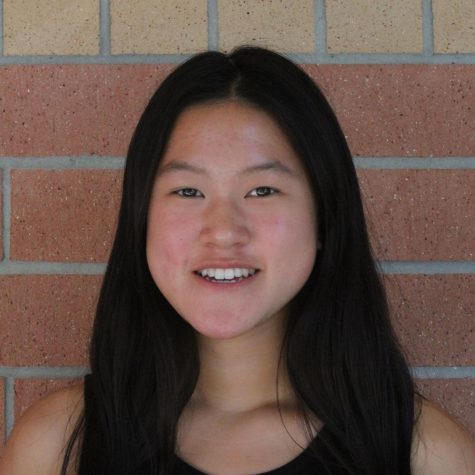
Sophia, a senior, is one of the editors-in-chief, and this is her second year on the Gazette staff.

Elise is a senior and Co-editor-in-chief. This is her third year on the Gazette staff.
Abigail is a freshman, and this is her first year on the Gazette staff.




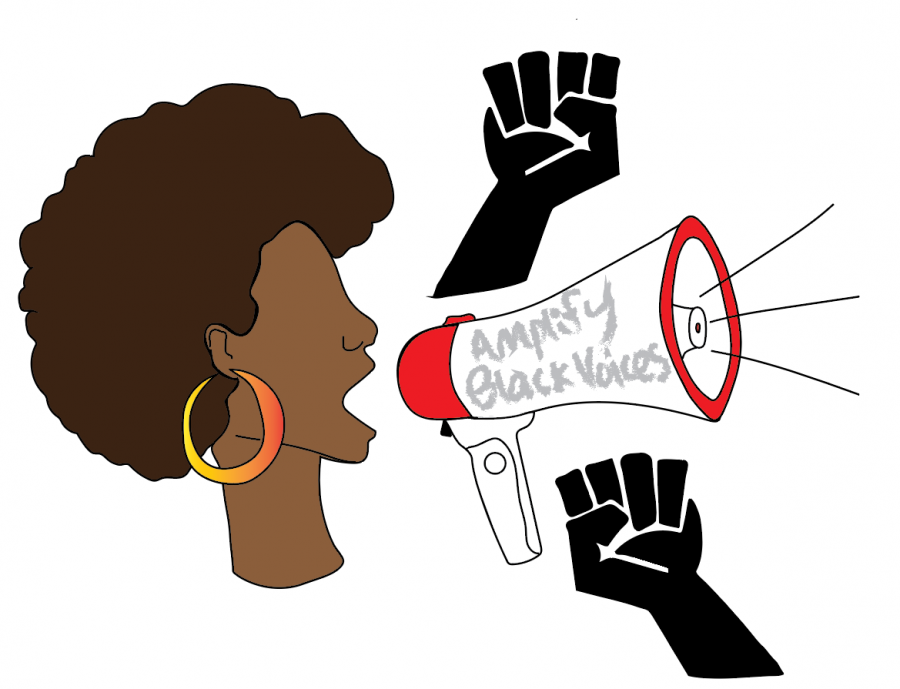

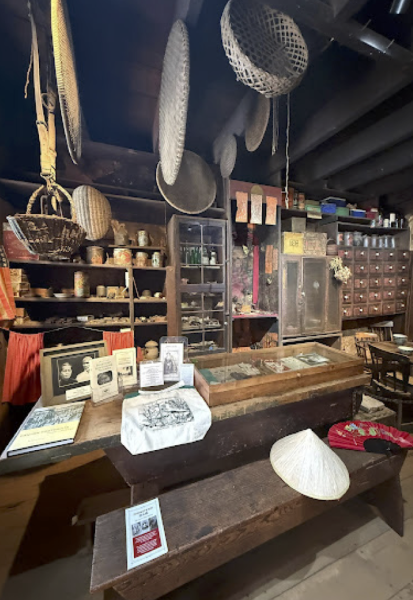

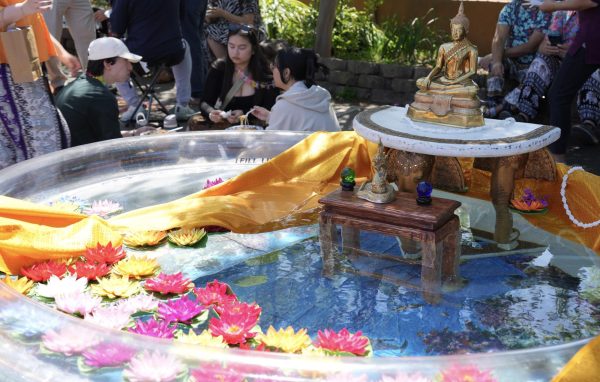

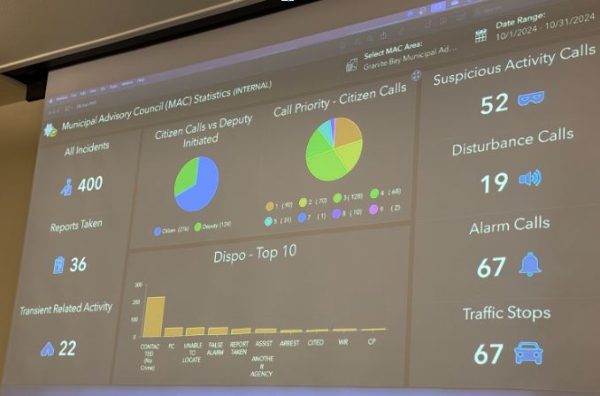


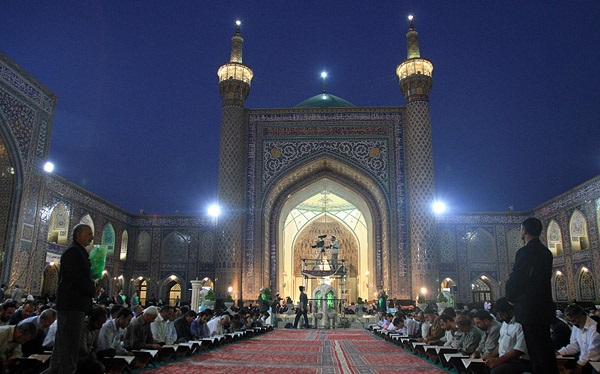


Geralyn Clancy • Jul 9, 2021 at 3:47 pm
Alon and Ediagbonya are amazing role models and are dedicated along with their peers to promote equality and the importance of diversity in our community. They are the future leaders.
Morgan • Apr 9, 2021 at 10:33 am
This is amazing! You did an amazing job with the interview and overall telling the whole story. Everything was written so wonderfully and it was so easy to understand. Thank you for writing this to help me and others understand the message and the importance of having more Black or African American teachers on the GBHS campus.
lizzy • Apr 9, 2021 at 10:30 am
i agree. i was always afraid to join clubs such as the BSU because i didn’t want to over step any boundaries as an ally but now i definitely think i’ll be looking into joining
Sarah • Apr 9, 2021 at 7:58 am
This was an amazing story! I loved how you weaved the story around the interview and interviewees and it was beautifully written and delivered such an empowering message.
Jake Ryder • Apr 9, 2021 at 7:53 am
This article had a lot of information and you did a great job interviewing.